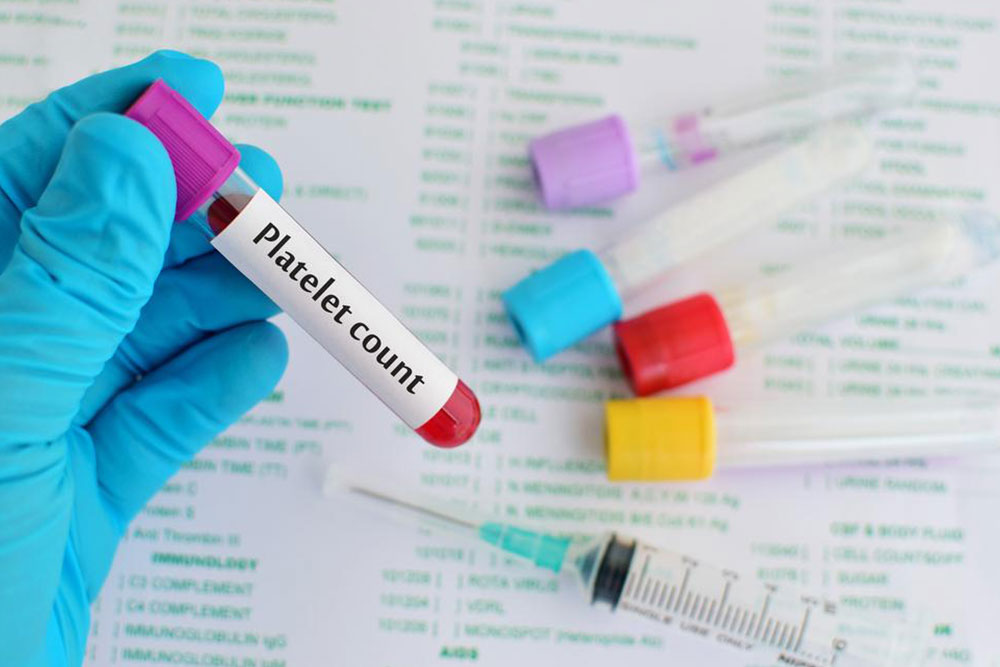Understanding the Causes of Thrombocytopenia
Learn about the main causes of low platelet levels, including reduced production, increased destruction, and other health conditions. Early detection and medical consultation are crucial for managing thrombocytopenia effectively.

Understanding the Causes of Thrombocytopenia
Platelets are essential blood components responsible for clotting and preventing bleeding after injuries. Thrombocytopenia refers to a low platelet count, which can indicate serious health issues such as leukemia, immune system disorders, or side effects from medications. A drop in platelets warrants medical attention. The primary causes of low platelet levels include reduced production in the bone marrow, increased destruction, or sequestration of platelets. Recognizing these causes is crucial for diagnosis and treatment of this condition.
Impaired production of platelets The bone marrow produces platelets, and any disruption here can cause thrombocytopenia. Common factors include:
Anemia
Leukemia
Chemotherapy treatments
Excessive alcohol intake
Viral infections
Increased destruction of platelets Certain conditions cause the body to break down platelets faster than they are produced, leading to a deficiency.
Pregnancy-related low platelet count Many pregnant women experience decreased platelet levels, which often improve post-delivery.
Bacterial infections in the bloodstream Blood infections can trigger platelet destruction, reducing their numbers.
Splenic sequestration The spleen filters blood and manages platelet levels. An enlarged spleen may trap more platelets, reducing circulating levels.
Persistent bleeding symptoms can signal low platelet counts. Immediate medical evaluation is essential because severe thrombocytopenia can pose life-threatening risks.
Note:
Our blog offers a wide range of health-related insights based on thorough research. While the information is intended for educational purposes, it should not replace professional medical advice. We are not responsible for variations or inaccuracies across different sources. Always consult healthcare professionals for diagnoses and treatments tailored to your condition.










